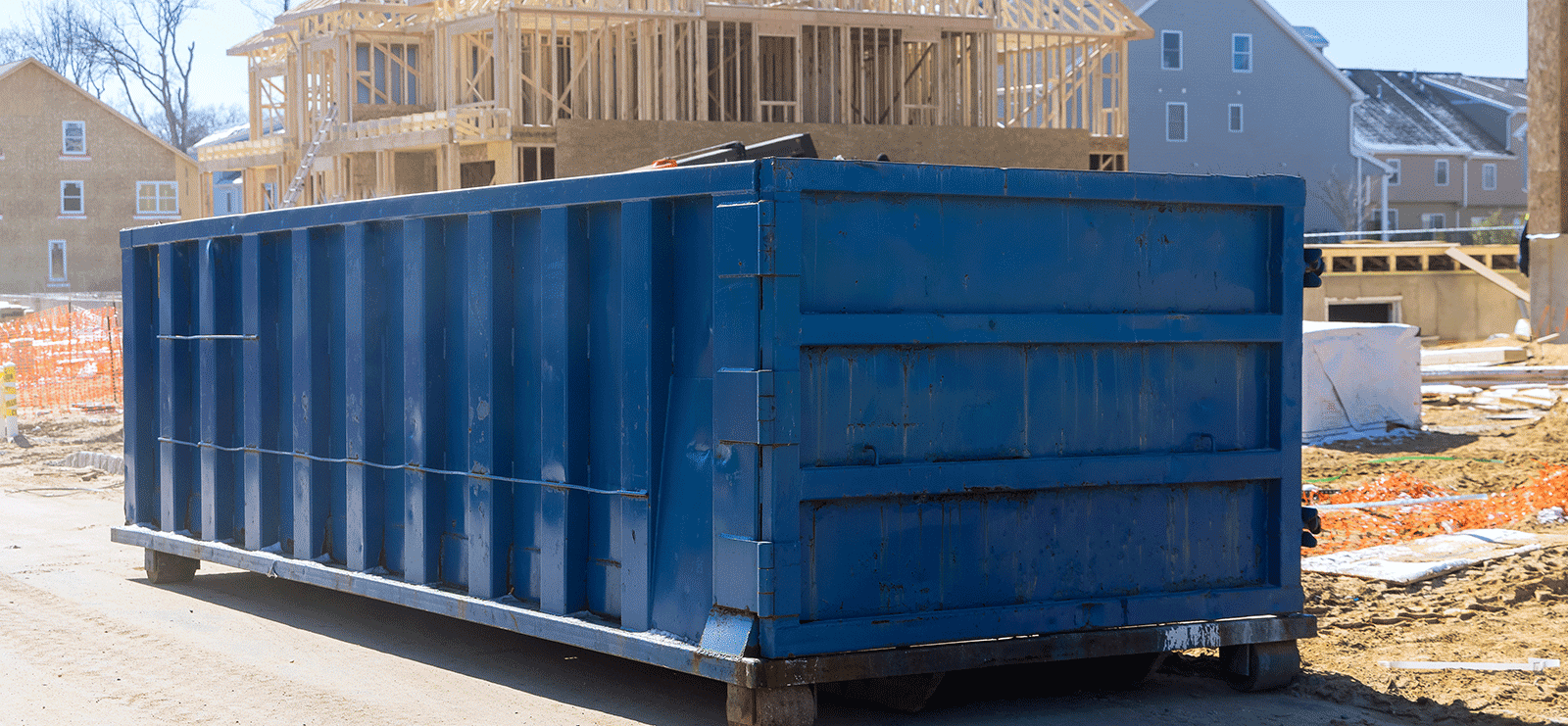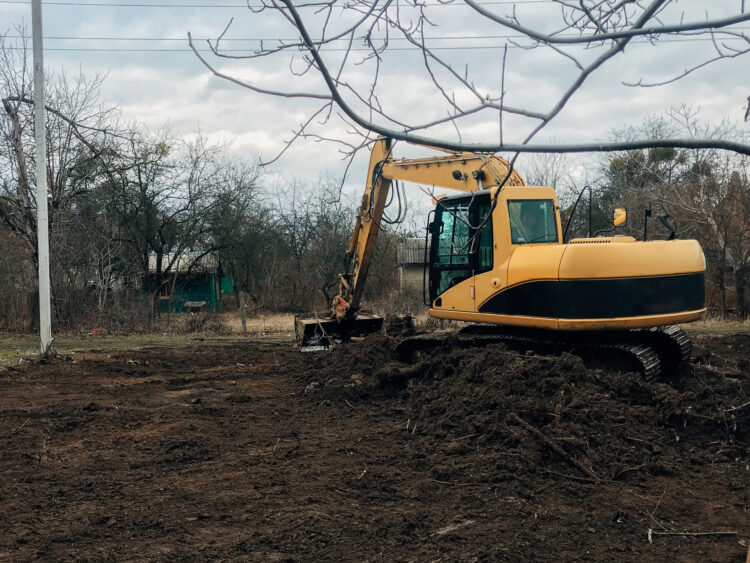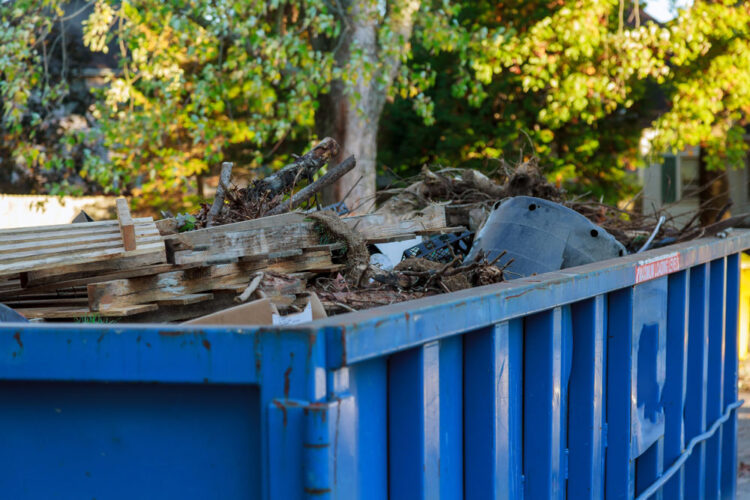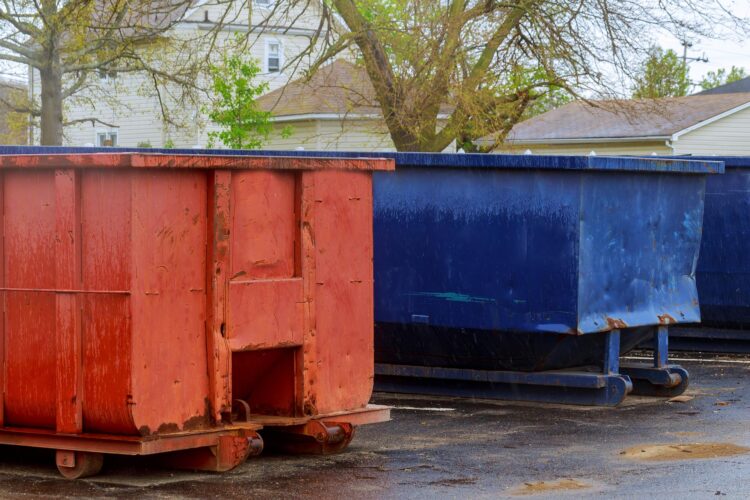Land is vital for human survival and progress. We use it for farming, building, forestry, and more. But first, we often need to clean the land of unwanted plants, debris, and other barriers. This is called land clearing. What is land clearing? It means removing things like trees, stumps, and bushes from land to make it ready for use. This article explains the key parts of land clearing, including the methods, tools, benefits, and challenges.
What is Land Clearing?
Land clearing means getting rid of natural barriers like trees, stumps, and bushes from an area of land. This makes the land ready for farming, living, or business. It is a key step in getting land ready for use. It needs different methods and tools, based on the land size, the plants there, and the land’s purpose.
Why is Land Clearing Important?
Cleaning the land is a key step in using any land. It is needed to get the land ready for farming, building, or other uses. Here are some reasons why cleaning the land is important:
- Ready for Use: Cleaning the land gets rid of barriers like trees and bushes that can stop building or farming. It helps level the land, making it ready for buildings or crops.
- Fewer Pests: Thick plants can be a home for pests and diseases. Cleaning the land gets rid of these pests and lowers the risk of diseases.
- Less Risk of Fires: Thick plants, especially in dry areas, can increase the risk of fires. Cleaning the land of extra plants lowers this risk.
- Higher Land Value: Land that is clean and well-kept is more attractive and valuable than land full of bushes and debris.
- Easier Land Development: Cleaning the land is often the first step in any land project. It gets the land ready for more development, like building, farming, or forestry.
How is Land Clearing Done?
There are different ways to clean the land, each with its good and bad sides. The way chosen depends on many things, including the land size, the plants there, and the land’s purpose. Here are some common ways to clean the land:
Using Machines: This is the most common way to clean the land. It uses big machines like bulldozers, diggers, and tree cutters to remove trees, stumps, and bushes. It is quick and efficient but can be expensive and may harm nature.
Using Chemicals: This uses chemicals to kill or weaken plants, making them easier to remove. It is less expensive than using machines, but the chemicals may harm the soil and the area around it.
By Hand: This uses hand tools like chainsaws, axes, and machetes to clean the land. It is the least expensive way but can take a lot of time and effort.
Tools for Land Clearing
Different tools are used to clean the land, based on the way chosen and the land size. Here are some common tools used to clean the land:
Bulldozers: These are big, heavy machines used to push trees, stumps, and bushes out of the way. They are often used in machine cleaning.
Diggers: These are machines with a long arm and a bucket used to dig up and remove trees, stumps, and bushes. They are also used in machine cleaning.
Tree Cutters: These are machines used to cut down trees, remove their branches, and cut them into logs. They are used in machine cleaning where the timber is to be used.
Stump Grinders: These are machines used to grind tree stumps into wood chips. They are used in machine cleaning to remove stumps that cannot be removed by bulldozers or diggers.
How Does Land Clearing Affect Nature?
While cleaning the land is needed for development, it can harm nature. Some of the ways it affects nature include:
Soil Erosion: Removing plants exposes the soil to wind and water erosion. This can lead to the loss of topsoil, which is very important for farming and other uses.
Dirty Water: Soil erosion can lead to sediment in rivers and streams, which can make the water dirty and harm water animals.
Loss of Animal Homes: Cleaning the land destroys the natural homes of wildlife, leading to the loss of animals and biodiversity.
The Good Sides of Land Clearing
Even though it can harm nature, cleaning the land has many good sides:
Ready for Use: As said earlier, cleaning the land gets rid of barriers and makes the land ready for use.
Fewer Pests: Cleaning the land gets rid of pests and lowers the risk of diseases.
Less Risk of Fires: Cleaning the land of extra plants lowers the risk of fires.
Higher Land Value: Clean and well-kept land is more attractive and valuable.
The Tough Parts of Land Clearing
Cleaning the land is not easy. It has many challenges, including:
Legal Rules: There are often legal rules that must be followed before land can be cleaned. These may include getting permits, doing environmental studies, and following land use rules.
High Costs: Cleaning the land can be expensive, especially if big machines and special tools are needed.
Harm to Nature: As said earlier, cleaning the land can harm nature. It is important to take steps to lessen this harm, such as stopping soil erosion and preserving animal homes.
Tips for Responsible Land Clearing
To lessen the harm to nature from cleaning the land, it is important to follow responsible practices. Here are some tips for responsible land cleaning:
Do a Land Survey: Before starting to clean the land, do a thorough land survey to find the areas that need to be cleaned and those that should be kept.
Get the Right Permits: Make sure to get all needed permits and approvals before starting to clean the land.
Hire Experts: Hire experienced experts who know about responsible land cleaning.
Stop Soil Erosion: Take steps to stop soil erosion, such as silt fences, sediment basins, and plant cover.
Cleaning the land is a key step in getting land ready for use. It involves removing barriers like trees, stumps, and bushes to make the land suitable for use. While it has many good sides, it also has challenges and can harm nature. By following responsible land cleaning practices, it is possible to lessen these harms and make sure the land is successfully developed.




